Vintage Tribal Kilim Runner 2' 11" x 10' 4" (35" x 124")
Type:
Kilim RugsCollection:
Tribal RunnersID:
K0077549Size:
Material:
The designs feature a rich array of symbols representing tribal culture and Anatolian motifs, often in the form of medallions, diamonds, and other geometric shapes.
The designs feature a rich array of symbols representing tribal culture and Anatolian motifs, often in the form of medallions, diamonds, and other geometric shapes. These kilim runners are ideal for hallways and narrow spaces, offering a touch of ethnic charm and artisanal quality to any interior.
Herki kilims not only serve as functional floor coverings but also as artistic expressions of tribal identity, making each rug a unique cultural artifact.
Design Elements
- Pattern: The vintage tribal kilim runner features an intricate geometric pattern, consisting of diamond shapes, zigzag lines, and arrows that create a rhythmic flow. Each section of the design is distinct yet harmoniously blends with the overall aesthetic.
- Texture: The flatweave technique used in kilim rugs results in a smooth texture, providing a unique tactile experience while maintaining durability. This technique enhances the visual complexity of the motifs.
- Symmetry: The design exhibits a symmetrical arrangement, typical of traditional kilims, which adds to the visual appeal and balance of the piece. The symmetry draws the eye along the length of the runner.
- Borders: The rug features prominent borders that frame the central design. These borders not only enhance the overall structure but also provide a transitional element between the motifs and the surrounding environment.
- Size and Scale: The elongated shape of the runner suits narrow spaces like hallways or entryways, effectively elongating the area while introducing a rich cultural narrative.
Colors
- Color Palette: The runner showcases a warm color palette dominated by earthy tones. The primary colors include shades of orange, brown, cream, and hints of gray. These colors evoke a sense of warmth and connection to nature.
- Contrast: The use of contrasting colors, such as the vibrant orange against the neutral brown background, accentuates the geometric designs, making them pop and adding depth to the visual experience.
- Symbolism of Colors:
- Orange: Represents warmth, enthusiasm, and creativity, fostering a welcoming atmosphere.
- Brown: Conveys a sense of stability, grounding the design in earthy elements.
- Neutral Tones: Add a sense of simplicity and tranquility, allowing the vibrant colors to stand out.
Main Motifs and Their Symbolism
- Diamonds: Often symbolize protection and the concept of the “eye,” warding off negative energy or the evil eye.
- Zigzags: Represent water or movement, signifying life and vitality. These patterns reflect the changing nature of life and the flow of time.
- Triangles: Indicative of stability and strength, these motifs are often interpreted as symbols of the elements of earth and fire, merging the concepts of nature and life force.
- Color Combinations: The interplay of colors within the motifs reinforces thematic ties to cultural heritage, conveying messages of family, community, and shared history.
Summary
The vintage tribal kilim runner features intricate geometric patterns, predominantly in warm earthy tones, creating a vibrant and inviting aesthetic. The design employs texture, symmetry, and consistent motifs to evoke protective symbolism and convey messages of stability, vitality, and connection to the natural world. It serves not only as a decorative piece but also as a narrative expression of cultural identity and heritage.
- Ships in 1-4 business days
- Only one in stock, handmade, unique
- Free shipping via FedEx Express. Easy returns
- Contact us or add a note to your order if you want us to delay your shipping.
- Request more info if you want this rug shorter or narrower
Colors may appear slightly different across various monitors due to screen settings device differences, and external lighting conditions. If color accuracy is important for your space, we recommend viewing the rug on multiple devices or contacting us for a detailed color description. We can provide detailed photos and references using Sherwin-Williams, Benjamin Moore, Pantone, or even Crayola crayons.
You can also visualize most of our products in your own room with AR (augmented reality) on an iPhone or iPad.
Return Policy
Need a rug pad? We recommend RugPadUSA

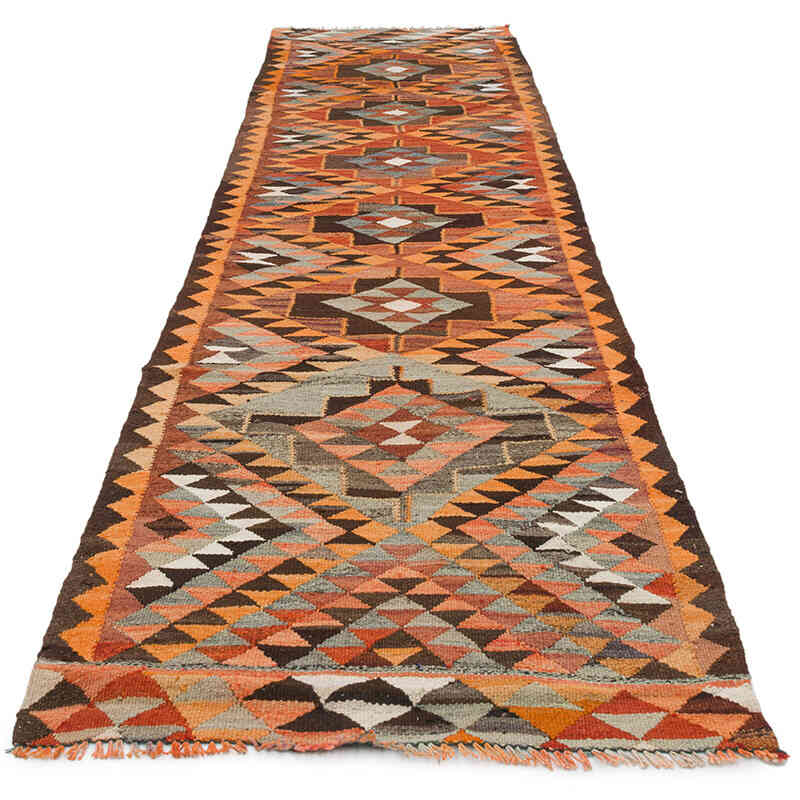
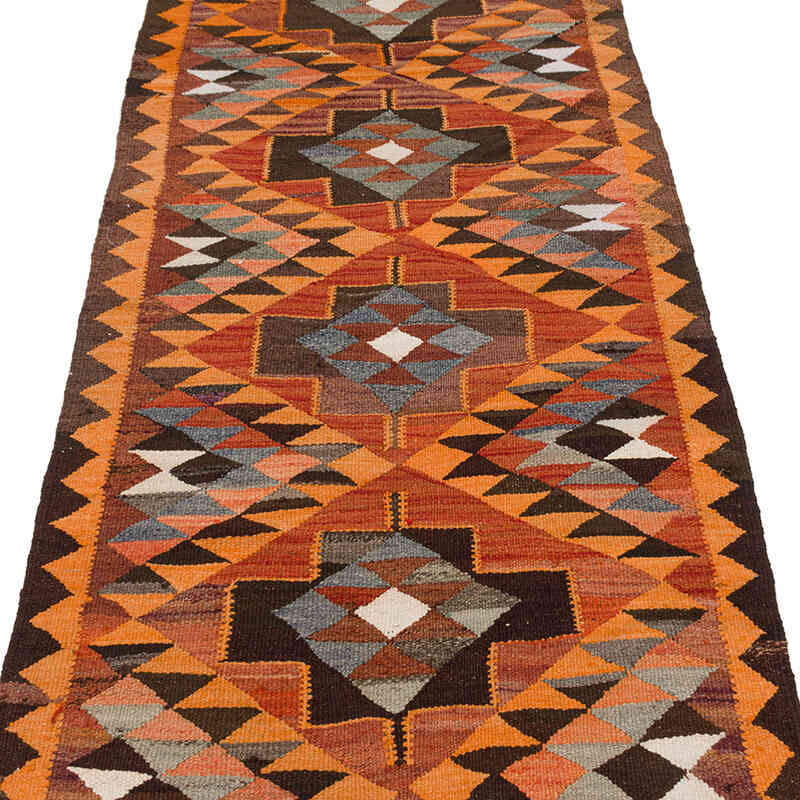
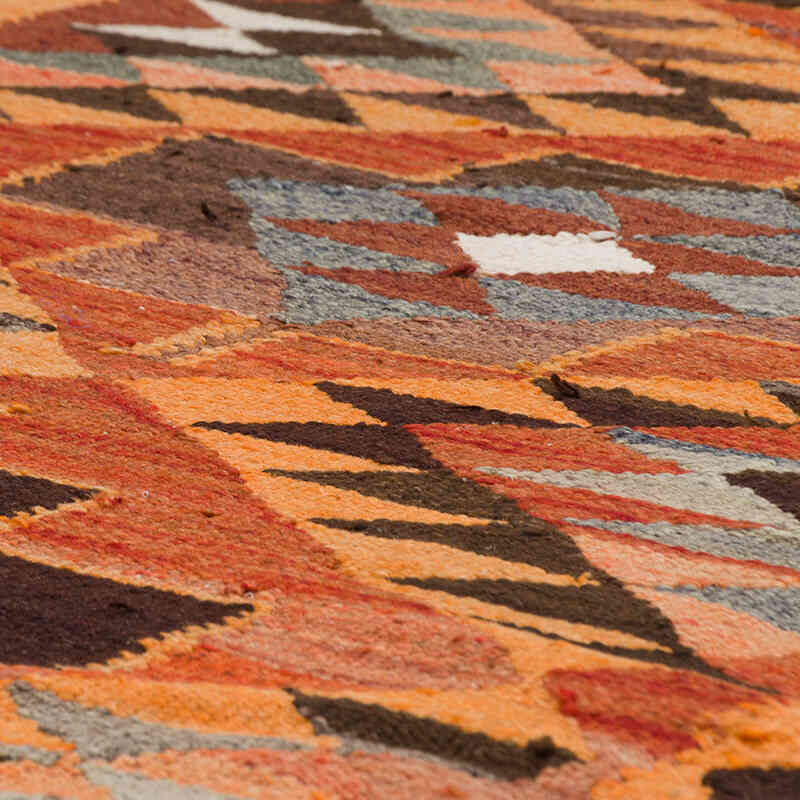
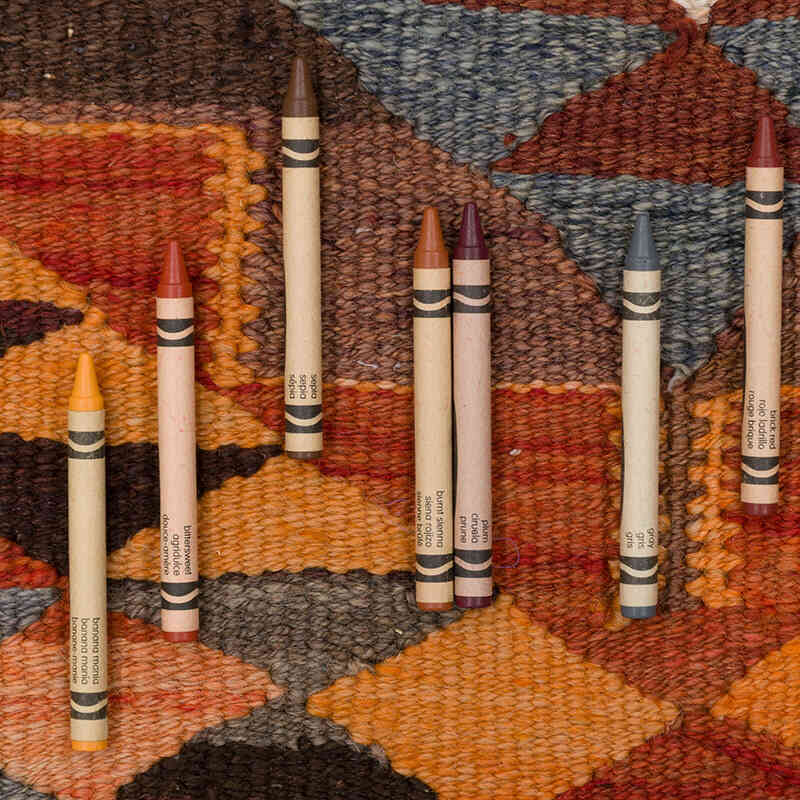
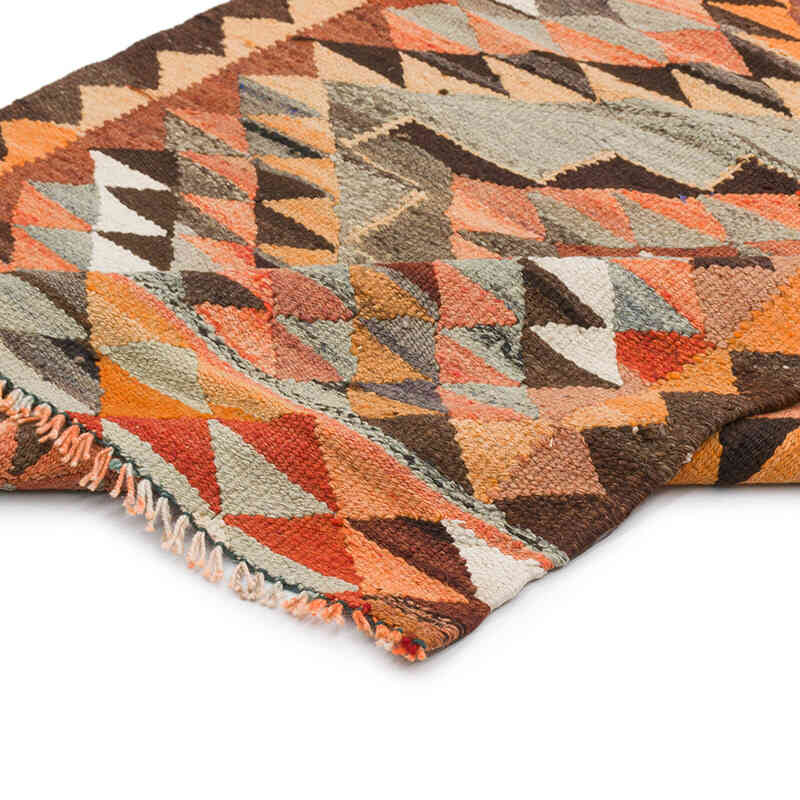
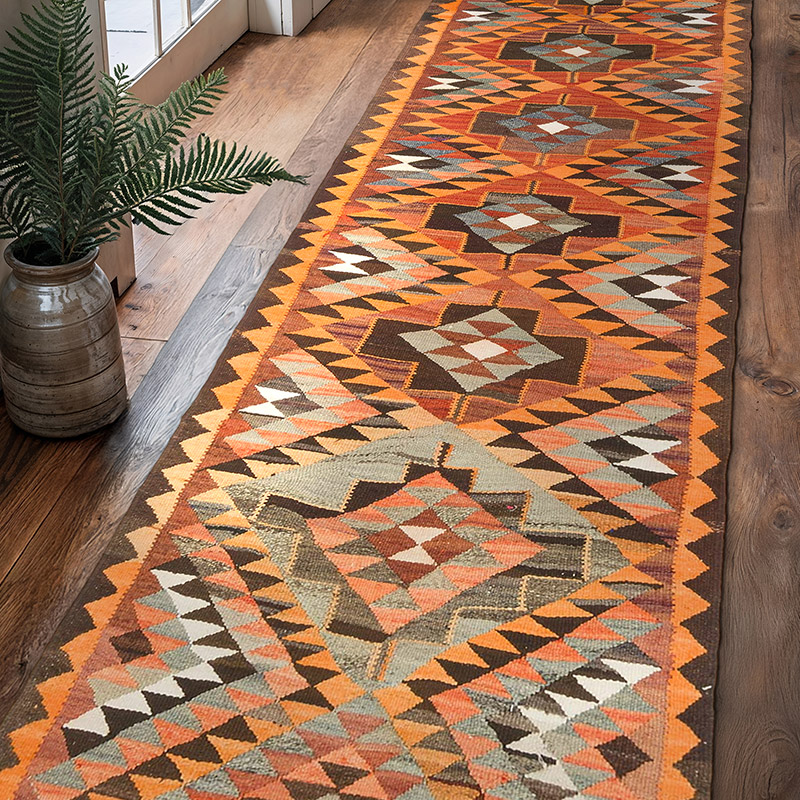
















Loved the “try in your space”…